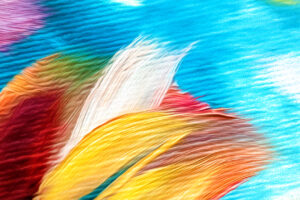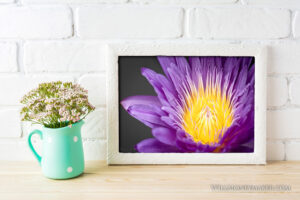A big part of art is the sensory engagement. At least some of the five—or six senses, if you include the power of thought—should come into play at some point during the viewing experience. And that’s where photography is at a disadvantage compared to some other types of art. If you think about it, lots of art forms activate a variety of senses all at once. Vision is prominent in all of them. With movies and music, auditory sensations come into play. Things like flower arrangements activate one’s sense of smell, and other forms of art, like pottery, involve the tactile.
Not so with photography. There is no audio component, no scent, nothing to touch, nothing to taste. It’s all about the visual aspect, and that alone may not be enough to engage that most important sixth sense, which is the power of thought.
Even so, even if we have nothing to touch, taste, hear or smell, I still think it’s possible to engage these senses anyway. And because photography is purely a visual medium, these senses all have to come through the power of suggestion.
So how do we use the power of suggestion to engage all of these other senses? In theory, it’s a simple prospect, though it’ll likely prove tough and thought-provoking during the creation of an image. But if you think about it, there are ways to do this.
Take, for instance, a photograph filled with beautiful flowers. It’s not only a visual treat but something that will engage the olfactory sense at more than a quick glance. Viewers who look at it will not only be enamored with the colors and shapes, but they may also be tempted to wonder how those flowers smell, and if they’re truly captured by the image, they may even be able to imagine the scent of those flowers. The same goes for a photograph of perfectly ripe fruit. Do it well, and people will pause to consider how the fruit might taste or smell. Grass bending in the breeze might conjure feelings of wind upon the skin, and pictures of people holding hands make you think of the warmth and texture of another hand in your own.
So there are ways to engage viewers in each of these senses, even if photography doesn’t literally make us feel these things. It’s all through the suggestion of those sensations. These things are essential because all of them together work to engage thought. At the end of the day, photographs should be made to make people think. Get them interested through creative compositions or through bits of text. Create a series of images that tells a story, thus provoking thought as people move from one frame to the next. Make them pause as they go on a tour that you’ve created for them. If you’ve included elements to engage the other senses, that will get them thinking even more about the image and what it means. Evoking the senses is what turns photography into a rich, complete viewing experience.





